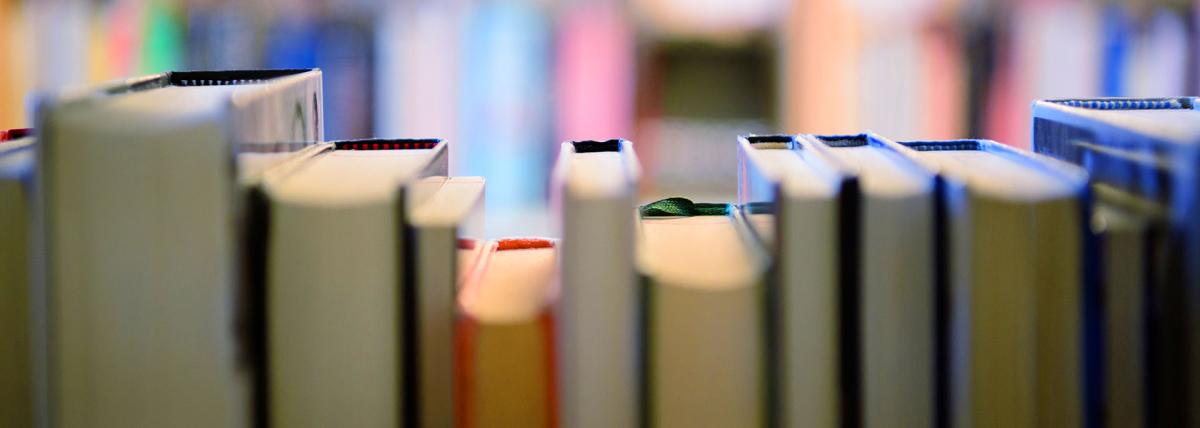Students will learn about nanotechnology in medicine and the use of nanorobotics. In this hands-on STEM lesson, students create nanobot using simple materials like toothbrush heads, motors, and
In this engaging STEM lesson for 4th - 5th graders, students explore nanotechnology through hands-on activities, discussions, and a creative project. They learn about the tiny world of nanoscale
Students will investigate the properties of different types of matter and apply the concept of "P1: Matter" to design, model, and 3D print an object using a MakerBot 3D printer. Hands-On STEM Design
This hands-on lesson helps students understand exponential functions by using an LED circuit. LED luminosity decreases at an exponential rate as more are added in series. As students add more lights
This lesson explores the concept of density. Students will observe a phenomenon involving floating and sinking. They will design their own investigations and they will learn how to use the density
Structured activities to support learning up Quantum Model as improvement over traditional "solar system" atomic model, or Bohr's atomic model. Students learn to relate Quantum numbers to describe
In the captivating lesson, "Dive into the World of Atoms," sixth-grade students embark on a journey into the microscopic realm to discover the fundamental building blocks of matter. The class kicks
Students will investigate the geological features of the Santa Catalinas. Specifically the phenomenon of Catalina Gneiss. Students will research the formation of the Tucson basin and Santa Catalinas
In this lab students will observe how five different ice cubes react while melting. Each ice cube is made of a different liquid (matter). They will then collect their data on length, height, and
This set of lessons allows students to model the decay chains of radioactive isotopes and relate the mathematical patterns and scientific concepts together in a innovative and interactive way.
The lesson is primarily about building a Lego or any block tower with a good foundation. This can be done in a group of 5 - 7 students. In my case I am considering 7th and 8th grade class to perform
An investigation into the function and uses of solar panels in agriculture - Agrivoltaics. Exploring how to get the most efficient use of your solar panels for your gardens.
The quintessential chemistry lab, Flame Test Lab! Students will use spectroscopes to identify the component photons of light that are emitted from Spectrum Tubes and Flame Tests. Students will learn
The lesson plan challenges students to integrate research, agricultural principles, and engineering concepts, sparking their creativity in designing efficient and sustainable hydroponic setups. From
OMG! Empirical Formulas
Students will discover the Empirical Formula for the synthesis of Magnesium and Oxygen through a laboratory experiment in which they will react Magnesium Ribbon with atmospheric Oxygen by super
In this lesson, students are introduced to the use of synthetic pigments (biomimicry) in things they use everyday to make art. Students use solvents to separate colors and study chromatography in
In this lesson, students are to use simple materials to create a structure that holds weight. It must be able to stand on its own. Students will first study and discuss gravity.
In this high school lesson, students will get the opportunity to engage in scientific research, studying sustainability and fuel options, while creating models to represent their knowledge.
In this geometry/coding lesson, students embark on an exciting journey with Elsa and Anna from Frozen using Code.org. The lesson introduces fundamental coding concepts through interactive puzzles and
In this lesson, students will explore how temperature and pressure can each affect the states of matter. Students will develop a plan and a hypothesis, and will the conduct their experiment to analyze
In this lesson students learn about absorbency and are introduced to the colorful world of tie-dying as a way to recycle stained shirts.
This hands-on lesson, allows students to make observations and draw conclusions based on their own crystal growth experiments. It combines literacy and science to give the students the opportunity to
This is best for high school AP/IB/Honors Biology students for using clay and miscellaneous items to model and then film their model of Cellular Respiration to better understand how the Electron
Calculating Moles to gram of multiple different compounds to make playdough. Includes easy and advanced practice problems (with answers) and teacher background knowledge. Basic easy ingredients are
Featured Lesson Plans
Check out these notable lesson plans.

Makey Makey Storyboards

Sphero Rocket Payload Mission



